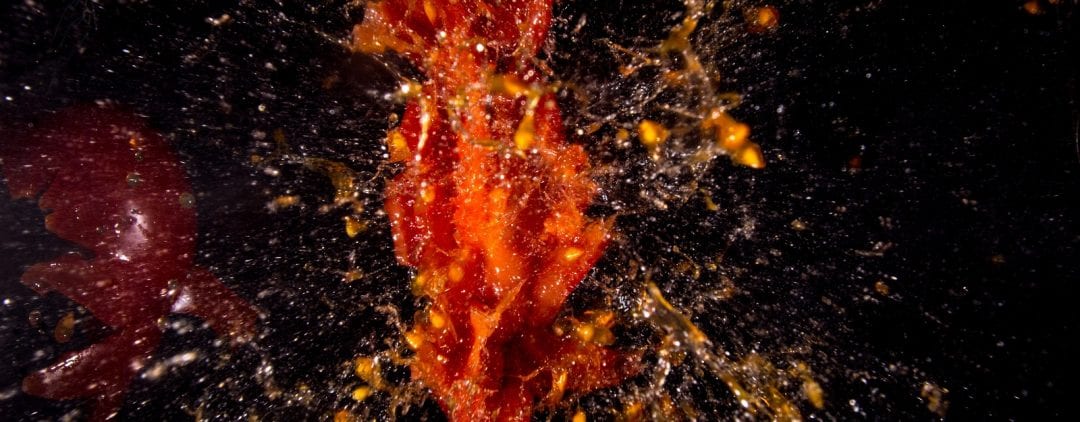At first glance, colloids resemble homogeneous liquids such as milk or blood plasma. But in fact they consist of particles in suspension. Some colloids have remarkable properties: they may stiffen following an impact and absorb surface shocks. This property is of interest for many applications, from bulletproof vests to protective shields for satellites. Researchers found how these colloids work can change dramatically in response to very strong impacts. The scientists have also developed a model that makes these properties easier to understand.
Professor Lucio Isa and his team at ETH Zurich create so-called two-dimensional colloidal crystals. The crystals consist of silica beads several thousandths of a millimeter in diameter in a mixture of water and glycerine. In collaboration with Chiara Daraio of Caltech (USA) and Stéphane Job at the Institut supérieur de mécanique de Paris, the researchers studied how this type of material absorbs shocks.
The team observed that when the colloidal particles are micrometer-sized, the force and speed of impact change how the shocks are absorbed. Below a certain threshold, the viscosity of the liquid is the determining factor, and classical models describe the phenomenon very well. “You have to imagine these tiny glass beads in their liquid,” says Isa. “During an impact, the beads move and disperse the fluid around them, more or less rapidly depending on its viscosity. The movement of the fluid is what causes the whole thing to stiffen.”
When the shock is particularly intense, the liquid no longer flows between the beads, and they deform. “In this situation, the physical properties of the beads strongly influence shock absorption, and the usual equations no longer apply,” Isa explains. For the particles to have an effect, the impact must be extremely intense, such as that caused by a firearm or micrometeorites, objects with the size of grains of sand capable of hitting satellites at the speed of ten kilometres per second.
“Colloids displaying such properties are really interesting materials to study,” says Isa. “For instance, they may even be used for the future development of shields protecting satellites against micrometeorite impacts.”

















